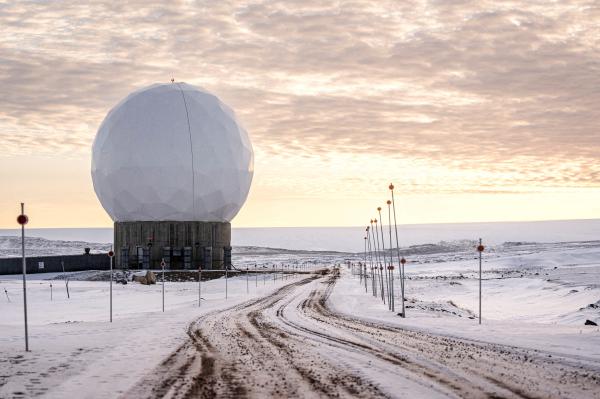COPENHAGEN, Jan 10 — President-elect Donald Trump says he wants to make Greenland a part of the United States and does not rule out using military or economic power to get Denmark to hand it over.
Greater control over Greenland could be useful to the United States for its strategic location and its resources. It lies along the shortest route from Europe to North America, vital for the US ballistic missile warning system.
The United States has expressed interest in expanding its military presence, including placing radars there to monitor the waters between the island, Iceland and Britain, which are a gateway for Russian navy vessels and nuclear submarines.
The island, whose capital Nuuk is closer to New York than the Danish capital Copenhagen, boasts mineral, oil and natural gas wealth, but development has been slow.
A 2023 survey showed that 25 of 34 minerals deemed "critical raw materials" by the European Commission were found in Greenland. They include materials used in batteries such as graphite and lithium, and so-called rare earth elements used in electric vehicles and wind turbines.
Greenland has banned extraction of oil and natural gas for environmental reasons, and development of its mining sector has been snarled in red tape and opposition from indigenous people.
This has kept Greenland's economy reliant on fishing, which accounts for over 95 per cent of exports, and annual subsidies from Denmark, which cover roughly half of the public budget. In total, Denmark spends just under US$1 billion (RM4.5 billion) each year on Greenland.
US presence
The US military maintains a permanent presence at the Pituffik air base in Greenland's northwest.
A 1951 agreement between the United States and Denmark established the United States' right to construct military bases in Greenland and move forces freely on its territory as long as Denmark and Greenland are notified.
Historically, Denmark has accommodated the US military in Greenland because Copenhagen does not have the capability to defend the vast island itself, said Kristian Soeby Kristensen, senior researcher at Copenhagen University's Centre for Military Studies.
Greenland’s status
Greenland has been controlled by Denmark for centuries, previously as a colony and now as a semi-sovereign territory under the Danish realm. It is subject to the Danish constitution, meaning any change to its legal status would require a constitutional amendment.
In 2009, the island was granted broad self-governing autonomy, including the right to declare independence from Denmark through a referendum.
Prime Minister Mute Egede, who has stepped up a push for independence, has repeatedly said the island is not for sale and that it is up to its people to decide their future.
If Greenland becomes independent, it could choose to become associated with the United States in ways that stop short of becoming US territory.
While Greenlanders want independence, they are well aware of their economic reliance on Denmark. One option could be to form a so-called "free association" with the United States that would replace Danish subsidies with US support and protection in return for military rights, similar to the status of Pacific island nations Marshall Islands, Micronesia and Palau.
"Greenland is talking about becoming independent from Denmark, but no Greenlanders want to just switch to a new colonial master," said Ulrik Pram Gad, a senior researcher and expert on Greenland, who said Greenlanders would probably aim to ensure their future welfare before any vote for independence.
Denmark’s say
Trump's 2019 offer to buy the island was firmly rejected by Denmark and labelled as "absurd" by Prime Minister Mette Frederiksen. When asked about Trump's renewed interest this week, Frederiksen said: "We need very close cooperation with the Americans."
She added: "On the other hand, I would like to encourage everyone to respect that the Greenlanders are a people, it is their country, and only Greenland can determine and define Greenland's future."
— Reuters




